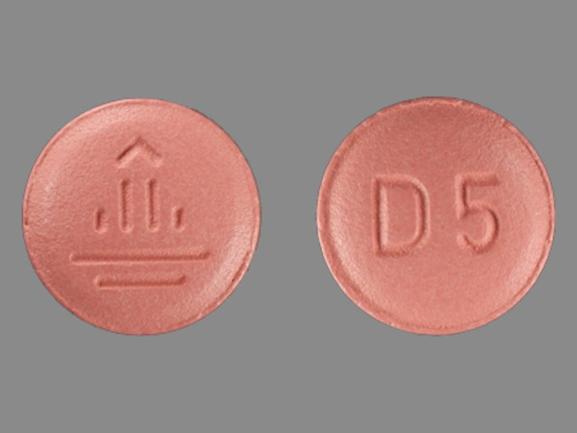Linagliptin Side Effects
Medically reviewed by Drugs.com. Last updated on Nov 22, 2023.
Applies to linagliptin: oral tablet.
Serious side effects of linagliptin
Along with its needed effects, linagliptin may cause some unwanted effects. Although not all of these side effects may occur, if they do occur they may need medical attention.
Check with your doctor immediately if any of the following side effects occur while taking linagliptin:
More common
- anxiety
- blurred vision
- chills
- cold sweats
- confusion
- cool, pale skin
- depression
- dizziness
- fast heartbeat
- headache
- increased hunger
- loss of consciousness
- nausea
- nightmares
- seizures
- shakiness
- slurred speech
- unusual tiredness or weakness
Incidence not known
- bloating
- constipation
- cough
- fever
- hives, welts, itching, or skin rash
- large, hard skin blisters
- large, hive-like swelling on the face, eyelids, lips, tongue, throat, hands, legs, feet, or sex organs
- loss of appetite
- pains in the stomach, side, or abdomen, possibly radiating to the back
- puffiness or swelling of the eyelids or around the eyes, face, lips, or tongue
- redness of the skin
- severe joint pain
Other side effects of linagliptin
Some side effects of linagliptin may occur that usually do not need medical attention. These side effects may go away during treatment as your body adjusts to the medicine. Also, your health care professional may be able to tell you about ways to prevent or reduce some of these side effects.
Check with your health care professional if any of the following side effects continue or are bothersome or if you have any questions about them:
More common
- muscle aches
- sore throat
- stuffy or runny nose
Less common
For healthcare professionals
Applies to linagliptin: oral tablet.
General
The most common adverse event reported was nasopharyngitis.[Ref]
Gastrointestinal
- Uncommon (0.1% to 1%): Constipation, increased amylase levels
- Frequency not reported: Pancreatitis
- Postmarketing reports: Acute pancreatitis[Ref]
During clinical trials, pancreatitis was reported in 15.2 cases per 10,000 patient year exposure in patients receiving linagliptin compared with 3.7 cases per 10,000 patient year exposure in those receiving active comparator (sulfonylurea). Following completion of clinical trials, 3 additional cases of pancreatitis were reported among those receiving linagliptin. Postmarketing reports of acute pancreatitis, including fatalities, have been received.[Ref]
Hypersensitivity
- Frequency not reported: Drug hypersensitivity
- Postmarketing reports: Serious hypersensitivity reactions[Ref]
Serious hypersensitivity reactions including anaphylaxis, angioedema, and exfoliative skin conditions have been reported postmarketing in patients treated with this drug. These reactions have occurred within the first 3 months, with some occurring after the first dose.[Ref]
Metabolic
- Common (1% to 10%): Hypoglycemia, hypertriglyceridemia, hyperlipidemia, increased uric acid[Ref]
The incidence of hypoglycemia in patients treated with this drug as monotherapy, or in combination with metformin or pioglitazone, was similar to the incidence observed in placebo-treated patients. When given in combination with metformin plus a sulfonylurea, the incidence of hypoglycemia was almost 23% compared to 15% in those receiving placebo with metformin plus a sulfonylurea. As add-on to stable insulin therapy, the incidence of hypoglycemia was similar to placebo (31.4% versus 32.9%).[Ref]
Dermatologic
- Postmarketing reports: Rash, angioedema, urticaria
Dipeptidyl peptidase-4 inhibitors:
- Postmarketing reports: Bullous pemphigoid[Ref]
Postmarketing reports of bullous pemphigoid requiring hospitalization have been reported with dipeptidyl peptidase-4 (DPP-4) inhibitors use. These case typically recovered with topical or systemic immunosuppressive treatment and discontinuation of DPP-4 inhibitor.[Ref]
Respiratory
- Common (1% to 10%): Cough, nasopharyngitis, upper respiratory tract infection[Ref]
Musculoskeletal
Between October 2006 and December 2013, thirty-three cases of severe arthralgia have been reported to the FDA Adverse Event Reporting System Database. Each case involved the use of 1 or more dipeptidyl peptidase-4 (DPP-4) inhibitor. In all cases, substantial reduction in prior activity level was reported, 10 patients were hospitalized due to disabling joint pain. In 22 cases, symptoms appeared within 1 month of starting therapy, in 23 cases symptoms resolved less than 1 month after discontinuation. A positive rechallenge was reported in 8 cases, with 6 cases involving use of a different DPP-4 inhibitor. Sitagliptin had the greatest number of cases reported (n=28) followed by saxagliptin (n=5), linagliptin (n=2), alogliptin (n=1), and vildagliptin (n=2).[Ref]
Nervous system
- Common (1% to 10%): Headache[Ref]
Genitourinary
- Common (1% to 10%): Urinary tract infection[Ref]
References
1. Cerner Multum, Inc. "UK Summary of Product Characteristics."
2. Cerner Multum, Inc. "Australian Product Information."
3. (2011) "Product Information. Tradjenta (linagliptin)." Boehringer Ingelheim
4. US Food and Drug Administration (2015) FDA Drug Safety Communication: FDA warns that DPP-4 inhibitors for type 2 diabetes may cause severe joint pain. http://www.fda.gov/downloads/Drugs/DrugSafety/UCM460038.pdf
More about linagliptin
- Check interactions
- Compare alternatives
- Reviews (81)
- Dosage information
- During pregnancy
- Drug class: dipeptidyl peptidase 4 inhibitors
- Breastfeeding
- En español
Patient resources
Other brands
Professional resources
Other brands
Related treatment guides
Further information
Linagliptin side effects can vary depending on the individual. Always consult your healthcare provider to ensure the information displayed on this page applies to your personal circumstances.
Some side effects may not be reported. You may report them to the FDA.

